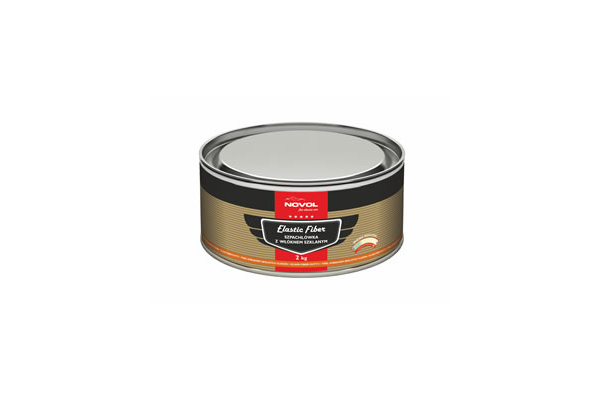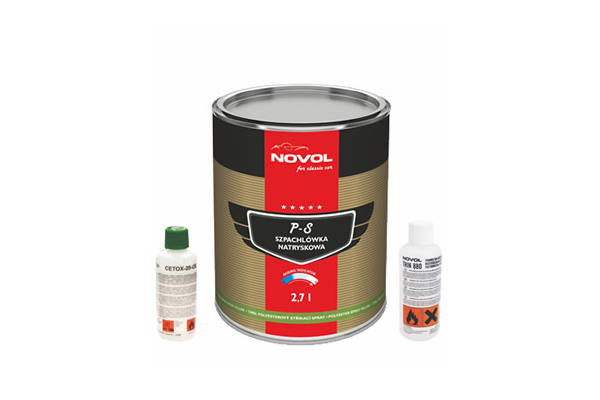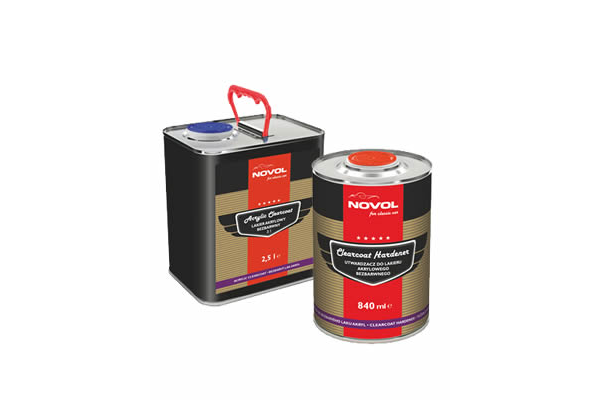
NOVOL FOR CLASSIC CAR
The history of automotive painting is closely tied to the history and development of car manufacturing.
The first motor vehicles with four-stroke petrol engines (Siegfried Marcus, 1875; Gottlieb Daimler and Carl Benz, 1885)
were made of wood on the pattern of the then britzkas or carriages, and similar to the precursors,
painted with coats made of natural materials (e.g. flax-seed oil with tar, liquid amber).
The oil paint applied with brushes required air drying followed by sanding;
the process was repeated ten or more times until the desired coat thickness was produced,
and finally the top coat was polished to gloss. The entire painting process could take as long as 40 days,
which was acceptable at prototype building stages or in small-series production
Contact us for more information
PRODUCTS








